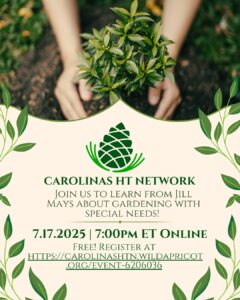
Nurturing Nature: Free Professional Development!
Be sure to register for this wonderful FREE webinar offered by Carolinas HT Network, welcoming author and occupational therapist …



Our office will be closed July 4th in observance of Independence Day. We will reopen at 8AM on July 7th.
El inglés es el idioma de control de esta página. En la medida en que haya algún conflicto entre la traducción al inglés y la traducción, el inglés prevalece.
Al hacer clic en el enlace de traducción se activa un servicio de traducción gratuito para convertir la página al español. Al igual que con cualquier traducción por Internet, la conversión no es sensible al contexto y puede que no traduzca el texto en su significado original. NC State Extension no garantiza la exactitud del texto traducido. Por favor, tenga en cuenta que algunas aplicaciones y/o servicios pueden no funcionar como se espera cuando se traducen.
Inglês é o idioma de controle desta página. Na medida que haja algum conflito entre o texto original em Inglês e a tradução, o Inglês prevalece.
Ao clicar no link de tradução, um serviço gratuito de tradução será ativado para converter a página para o Português. Como em qualquer tradução pela internet, a conversão não é sensivel ao contexto e pode não ocorrer a tradução para o significado orginal. O serviço de Extensão da Carolina do Norte (NC State Extension) não garante a exatidão do texto traduzido. Por favor, observe que algumas funções ou serviços podem não funcionar como esperado após a tradução.
English is the controlling language of this page. To the extent there is any conflict between the English text and the translation, English controls.
Clicking on the translation link activates a free translation service to convert the page to Spanish. As with any Internet translation, the conversion is not context-sensitive and may not translate the text to its original meaning. NC State Extension does not guarantee the accuracy of the translated text. Please note that some applications and/or services may not function as expected when translated.
Collapse ▲
Be sure to register for this wonderful FREE webinar offered by Carolinas HT Network, welcoming author and occupational therapist …

When the NC Agriculture Disaster Crop Loss Program transitioned to an online-only application process, it posed a real challenge …

Have you taken TH1: Intro to Therapeutic Horticulture and you’re ready to keep learning? TH3: Accommodating Diverse Populations takes a deep …

In Guilford County, one high school student turned a personal concern into a powerful learning opportunity for his community. …
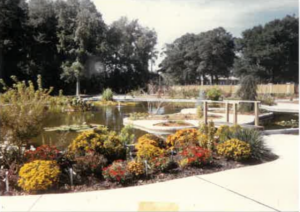
Do you know what exciting addition came to New Hanover County in 1989? Let me take you on a …

Sometimes the impact of digital skills education reveals itself in the most urgent and human moments. Recently, a regular participant …

During a recent Shred-a-Thon event at the Asheboro Senior Center, seniors came not only to dispose of sensitive documents …
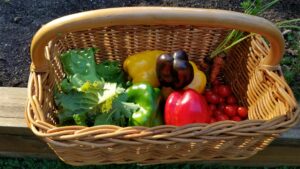
Cultivating Well-being: How National Fresh Fruit & Vegetables Month Thrives with Therapeutic Horticulture June bursts forth in a vibrant display …

Through the NC Digital Futures Program, lives are being transformed—one success story at a time. In Bertie County, a …
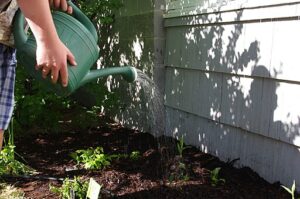
Introduction to Therapeutic Horticulture (TH1) welcomes learners into the August 2025 online non-credit course August 25 – October 12, 2025 in …

As North Carolina continues to build a stronger digital future, a quiet crisis is emerging in our rural communities. …
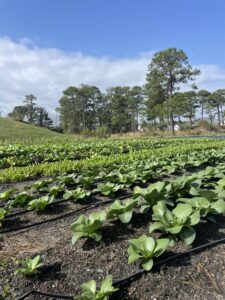
Planting Purpose: How Community Gardens Cultivate Health and Connection Written by Family and Consumer Science Intern – Bella Reed During my …
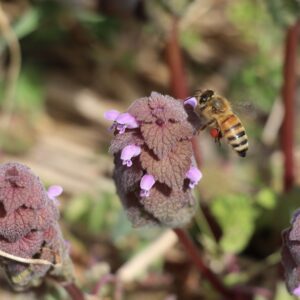
We had a great NC Farm School Foothills Session 3 at the N.C. Cooperative Extension – Cleveland County Center! This …
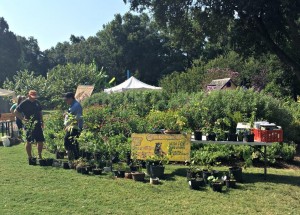
The Cape Fear Native Plant Festival is coming back for 2025! The Native Plant Alliance will host the 10th Annual …

Mental Wellness & Nature Simple Daily Habits for Our Psychological Health In our bustling coastal region, we are surrounded by Carolina …

The popularity of green roofs continues to grow throughout the Southeast, as the advantages of green roofs–improving stormwater management …

This publication discusses flying unmanned aerial vehicles (drones, model aircraft) for commercial purposes. You'll learn …

This publication will help you identify the several species of ticks found in North Carolina …

This publication, part of the Farm to Food Bank Resource Guide, discusses food donations given …

This publication provides information about heirs' property, which is land inherited by many family members …

This publication discusses strategies and techniques for stabilizing stream banks where erosion is an issue.
Vacationer Supported Agriculture (VSA) is a project led by NC State’s P1tLab and NC State …

This publication, part of the Farm to Food Bank Resource Guide, discusses venison donation programs …

This publication, part of the Farm to Food Bank Resource Guide, discusses using community and …